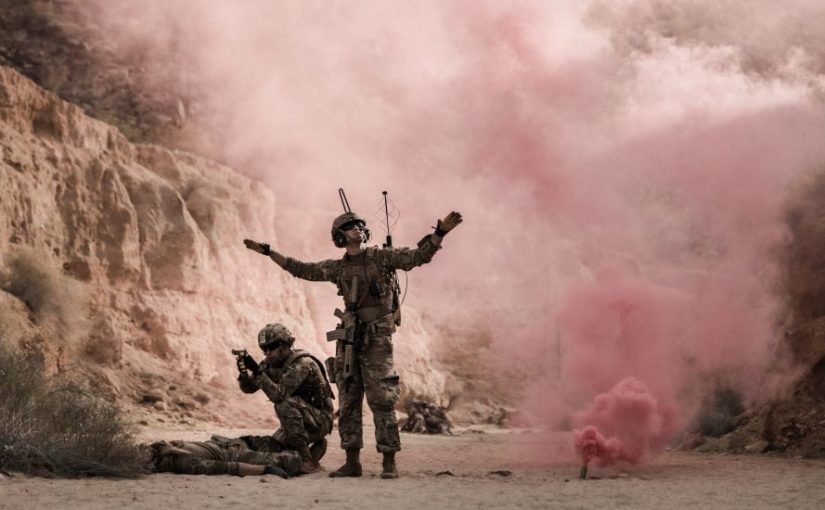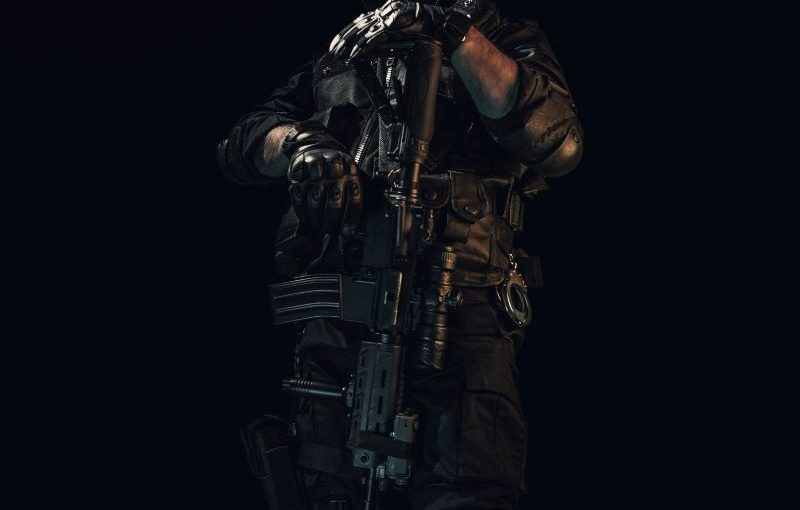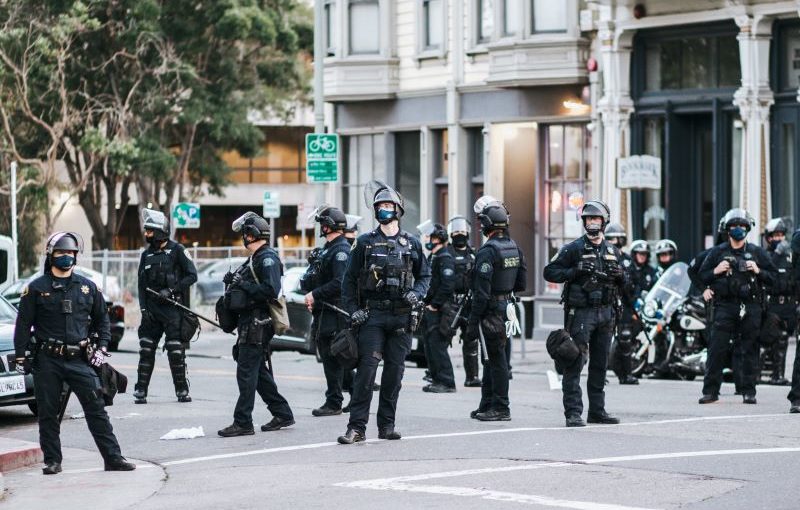Protests and violent demonstrations are widely accepted as ways of expressing political, social, and racial dissatisfaction in many societies. Occasionally, riots break out, and law enforcement must take steps to ensure that order is maintained. They must also take steps to protect themselves against difficult citizens. So, riot shields are necessary to protect them against nonlethal threats and objects thrown at them.
They are designed specifically to cover people of average build. It is long enough to over good covering for the head to the knees of the carrier. It is true, however, that there are other smaller models that don’t offer as much coverage. The purpose of these shields is primarily the control of riots or protests. As a result, they are designed to protect the carrier against melee attacks, knife attacks, thrown projectiles, and non-lethal attacks from weapons such as water cannons and rubber bullets.
The major benefit of riot shields is that they allow the carrier to see clearly. The polycarbonate used in riot shield construction is transparent. In this way, whoever is holding the shield can see incoming objects and other types of attacks. However, there are riot shields that are produced from different kinds of improvised materials, such as wood, scrap metal, or plastic barrels. At present, police forces all over the world use riot shields to control riots and mobs in a variety of countries.
In addition to using the shields themselves, opposing forces can be pushed back with them. Consequently, these riot shields do not offer the same ballistic protection as ballistic shields. You cannot receive ballistic protection from bullets or any other type of ballistic threat. Ballistic shields are the best option for situations in which heavy armed resistance is required.
Check out the rest of our blog posts here.


